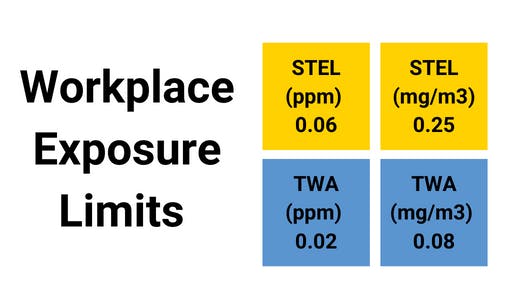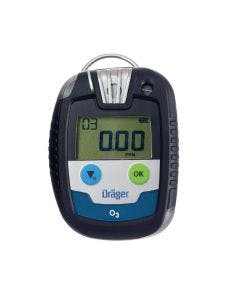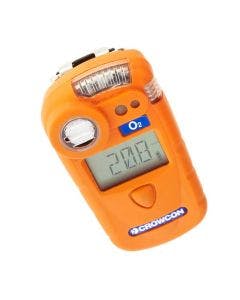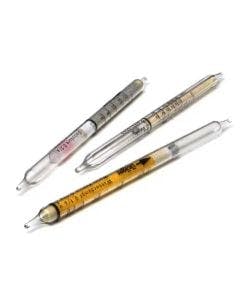Phosgene - Gas Profile





Phosgene (COCl2), or carbonyl chloride) is a gas used to produce organic compounds, dyestuffs, polycarbonate resins, and isocyanates to produce polyurethane resins? It is colourless, chemically reactive, poisonous, and has an odour similar to musty hay. It initially gained notoriety as a weapon during World War I, when it was used alone or in conjunction with chlorine to kill soldiers. Damage to the lungs is severe from inhalation, and it takes many hours for the full consequences to show themselves.
Phosgene was first made in 1811 by reacting carbon monoxide and chlorine with a catalyst. In some cases, such as when carbon tetrachloride (q.v.) is used to put out a fire, it is produced as a byproduct of the thermal breakdown of chlorinated hydrocarbons. The chemical phosgene is utilised in the production of polymers and insecticides. Phosgene is a toxic gas at ambient temperature (70 °F). Phosgene gas can be converted into a liquid with cooling and pressure. Phosgene gas can be converted into a liquid with cooling and pressure. When released, liquid phosgene rapidly changes into a gas that does not go far and stays low to the earth.
- Signs of phosgene exposure can be coughing, burning sensation in the throat and eyes, blurred vision, watery eyes, nausea/vomiting, shortness of breath or exposure at high concentrations could cause fluid in the lungs.
- When chlorinated hydrocarbon molecules are heated, phosgene is one possible byproduct. Chlorinated hydrocarbon compounds are chemicals that contain chlorine, hydrogen, and carbon that are occasionally utilised or manufactured in industry.
- At room temperature (70°F), phosgene is a poisonous gas.
- Phosgene plays a significant role in the manufacturing of plastics and pesticides.
Fun Fact – Phosgene gas can be turned into a liquid with the help of cooling and pressure, making it suitable for transport and storage.

Applications used in
- Manufacturing of coatings, adhesives, and sealants.
- Plastic production
- Pharmaceuticals
- Agricultural chemicals





